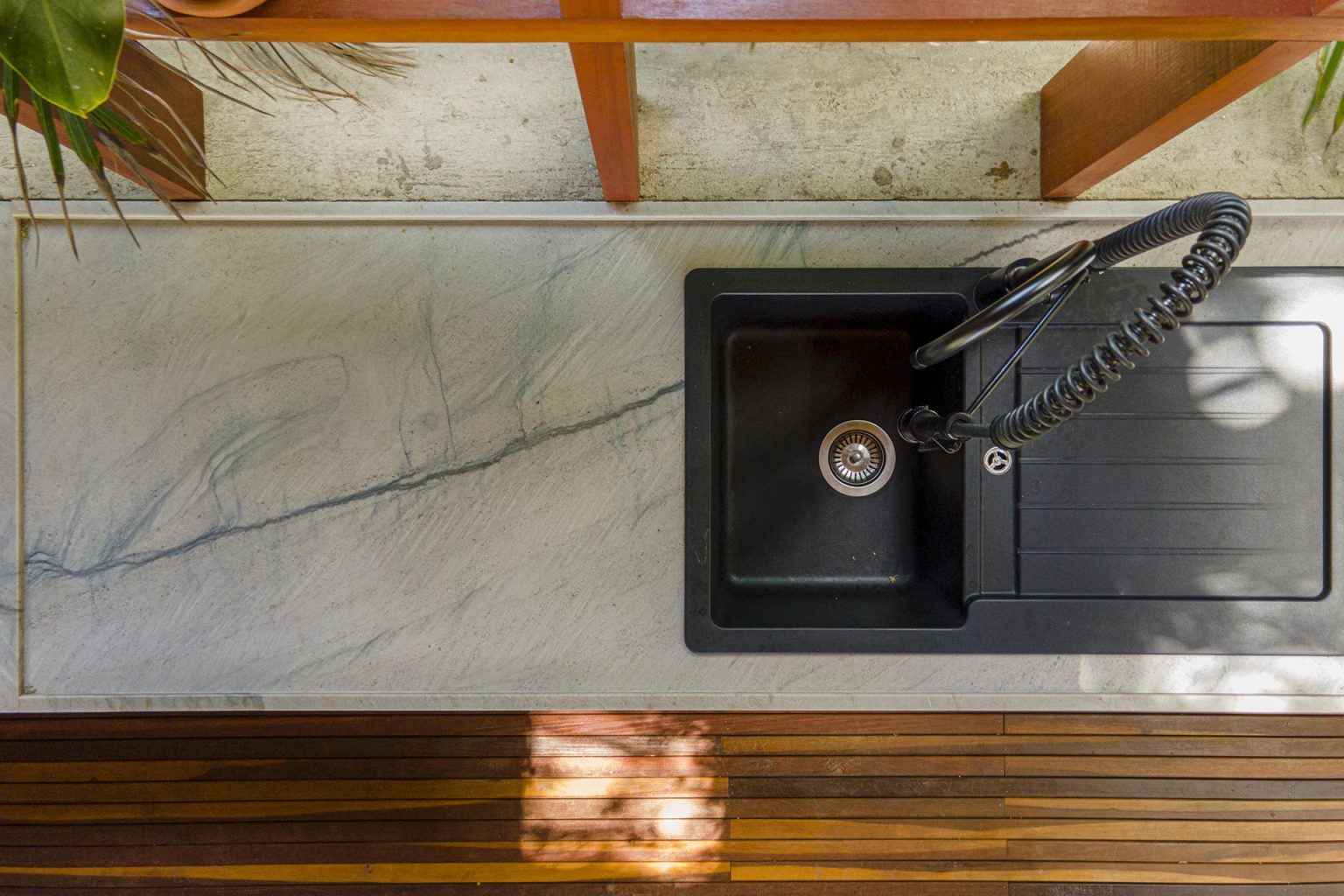In an increasingly competitive market, architects need to be constantly reinventing themselves, whether technically or conceptually and finding appropriate, as well as effective, solutions to win over the customers.
However, when we mention winning over customers, we are not only talking about attracting potential customers, but also about pleasing those who are your clients already, in a way that makes them feel important.
Still, before we really understand how these people act, we need to understand what happened in the not-so-distant past, and what transformations took place in the meantime that changed consumer behavior.
CONSUMER BEHAVIOR HAS CHANGED, NOW WHAT?
First of all, we need to talk a little about consumer behavior, which, has changed significantly over time, as well as the way they make decisions.
Previously, when the internet was not a decisive factor in the purchase process, marketing was carried out through the traditional “word of mouth”. Many of the consumers at the time opted for the X or Y brand through referrals from friends or relatives.
Although this method still plays a big role when people decide what they want to buy, nowadays, most of them use the online tools available, which ended up making it possible to research before deciding to purchase a certain product or service.
According to research carried out by the Credit Protection Service (SPC Brasil) and the financial education portal called “Meu Bolso Feliz”, Brazilians who have access to the internet, are in the habit of researching online before heading to a physical store to make a purchase.
This is a very common attitude as the results of the research show that in all age groups, but with a much higher weight of 93% among individuals aged between 18 and 34 years old.
Thus, we can say that since its emergence, in the mid-1990s, the Internet, along with smartphones and social networks, in the second decade of the 21st century, continue to determine trends and behaviors, especially related to consumption.

WHAT ABOUT ARCHITECTURE CUSTOMERS? HOW DO THEY BEHAVE, AND WHAT DO THEY REQUIRE?
Throughout their professional careers, most architects are faced with the most diverse types of clients and, more than ever, deal with dreams, desires, ambitions, tastes, and fears of unique people, who differ as to what they look for in a project that will be executed.
Although the expression “customers are all the same” is stated by some people, for those who work in architecture, this sentence goes contradicts what they witness daily, since the differences between one and the other client are identified in the first stage of contact.
And, for the architect, it is essential to know the profile of each one well, as this contributes to the smooth progress of architectural projects so that they proceed well in all their stages.
However, to get to know the people who are part of this target audience a little better, it is necessary to separate them into two segments: corporate and residential. Only in this way, it is possible to list the common points that can be observed in the elaboration of each project.
CORPORATE X RESIDENTIAL: LEARN MORE ABOUT EACH PROFILE.
When requesting a project, the corporate client almost always has a clear definition of what they want, such as the target audience of the project, if they would like something more conservative, modern, innovative, luxurious, or contemporary, the experience they seek to provide to the client when they arrive at the location.
As well as a previously defined budget, because it helps the architect to fit the client’s needs within the available budget and, of course, without sacrificing the deadline and quality.
In addition, in business-type projects, the corporate client project cannot be limited to the number of people that currently make up their team, but rather consider the likely expansion of spaces to properly accommodate the professionals who are yet to come.
Furthermore, the customer in this segment, most of the time, has a positive point in their favor, which is quick decision-making, due to the urgency in receiving the finished project.
On the other hand, the lack of daring and malleability is sometimes present in this profile, since there are standard projects in which these characteristics are absent, and projects that came to revolutionize, which become full of daring and malleability.
Differently from what we saw regarding the corporate client, the residential differs a lot from the first one; the differences are immediately noticed when we point out the variable budget and the needs and desires that are not yet so clear for this type of customer.
Other particularities form the profile of this client, such as the search for aesthetics, the focus on finishes, brands, and styles, the presence of daring and malleability, as well as the possibility of carrying out the works during business hours, which facilitates obtaining extra materials.
An also very important factor, which is not exclusive to the residential customer, but becomes much stronger in them, is the emotional one. In that case, the architect together with their partners will guide the client’s choices within what the professional sees for them.
Well, now that we know what architecture clients are like in general, how they behave, and what they usually demand when requesting a project that interests them, let’s find out how to attract more potential clients.

4 TIPS ON HOW TO WIN CUSTOMERS IN ARCHITECTURE
Speaking the truth, nowadays, we deal with increasingly demanding consumers, and capturing this type of client has been a major challenge for professionals who work with prospecting, as is the case with architects, who need to ensure a diverse and updated portfolio.
About this topic, to continue helping you to prospect architectural clients and ensure notoriety in the job market, we have separated some simple but effective tips that will give you that right “push” when it comes to achieving professional success.
● Explore your network
Every self-respecting professional, whether in the field of architecture or not, needs a well-structured network of contacts, for this reason, it is very important to invest in a consolidated network, so be a reference, pay attention to showing your work, as well as your professionalism.
A good way to cultivate business relationships is to attend events in the area. On these occasions, it is very important to carry a business card in hand, they help a lot when it comes to attracting customers.
● Lectures and events
When it comes to attending lectures and events, don’t just go to distribute business cards, be ready to talk about the profession in schools, hold free workshops at universities, and organize an exhibition of models and illustrations. Show yourself to the public.
Forget the idea of going to events and interacting only with people in the market, even if it’s essential, considering networking, you need to go where your customers are.
● Use the internet to your advantage
If you’re not already online, take a short break from reading to create a profile on Pinterest, Instagram, or both. As you well know, architecture is a very visual activity, so these social networks are highly recommended to attract your audience.
When creating your professional profile, don’t forget to include your contact and office information. In addition to showing your work, don’t forget to make yourself available to your future clients.
Reminding you once again: be wherever your client is, after all, there is no point in entering a platform that they are not a part of.
● Invest in digital marketing
Still talking about social networks and the importance of advertising your work in these media, there is nothing like outlining assertive strategies, as well as creating useful and relevant content, which have the purpose of relating to your client, such as e-books, email marketing, etc.
Interested in diving headfirst into this subject? Don’t worry, keep reading, soon we’ll give you reasons to invest as soon as possible in digital marketing and, in this way, get ahead of your competitors.
LEARN MORE ABOUT DIGITAL MARKETING AND BET ON THIS STRATEGY
Anyone who thinks that digital marketing is a new strategy is wrong. In fact, it started more than a hundred years ago, it was the creation of the Michelin Road Guide that started the technique that has been leveraging the branding of many companies.
Nowadays, the most varied types of tools are available to those who wish to remain present on the internet and, in the case of the architect, who seeks to present their work better and, consequently, attract more clients, the ideal option for this purpose is available.
Find out what they are:
● Website
Increase the possibility of conversion by exposing your portfolio on a website, preferably yours. Your best work needs to be easy to find, and for that, I recommend hosting it on your website.
That’s because it makes it easier for your potential prospect to seek inspiration and, as a result, get to know a little more about your style and way of working. So don’t forget to expose your projects.
● Blog
Show that you have authority in the field by creating relevant content on your blog. However, before getting down to business, you need to discover the keywords most searched for by your audience on Google and, from there, develop articles that attract them.
Take advantage of the fact that your audience is reading the content written by you or your team, and place calls in their midst for deeper materials, such as an e-book, for example. The calls serve as bait to get in touch with those who are interested in your service.
● Social Networks
As mentioned earlier, social networks such as Facebook, Pinterest, and Instagram are ideal channels for you to share the images of your projects, especially the last two. In them, use as many images as you can that value your work.
Tips on architecture, exhibitions, space organization, solutions to everyday problems related to the area, videos and/or images of inspiration, finished projects, and conversations with specialists in the segment are some of the contents that can be addressed in your profile.
Now that you know the importance of social media in prospecting new customers, how about putting into practice the tips we’ve shared?


